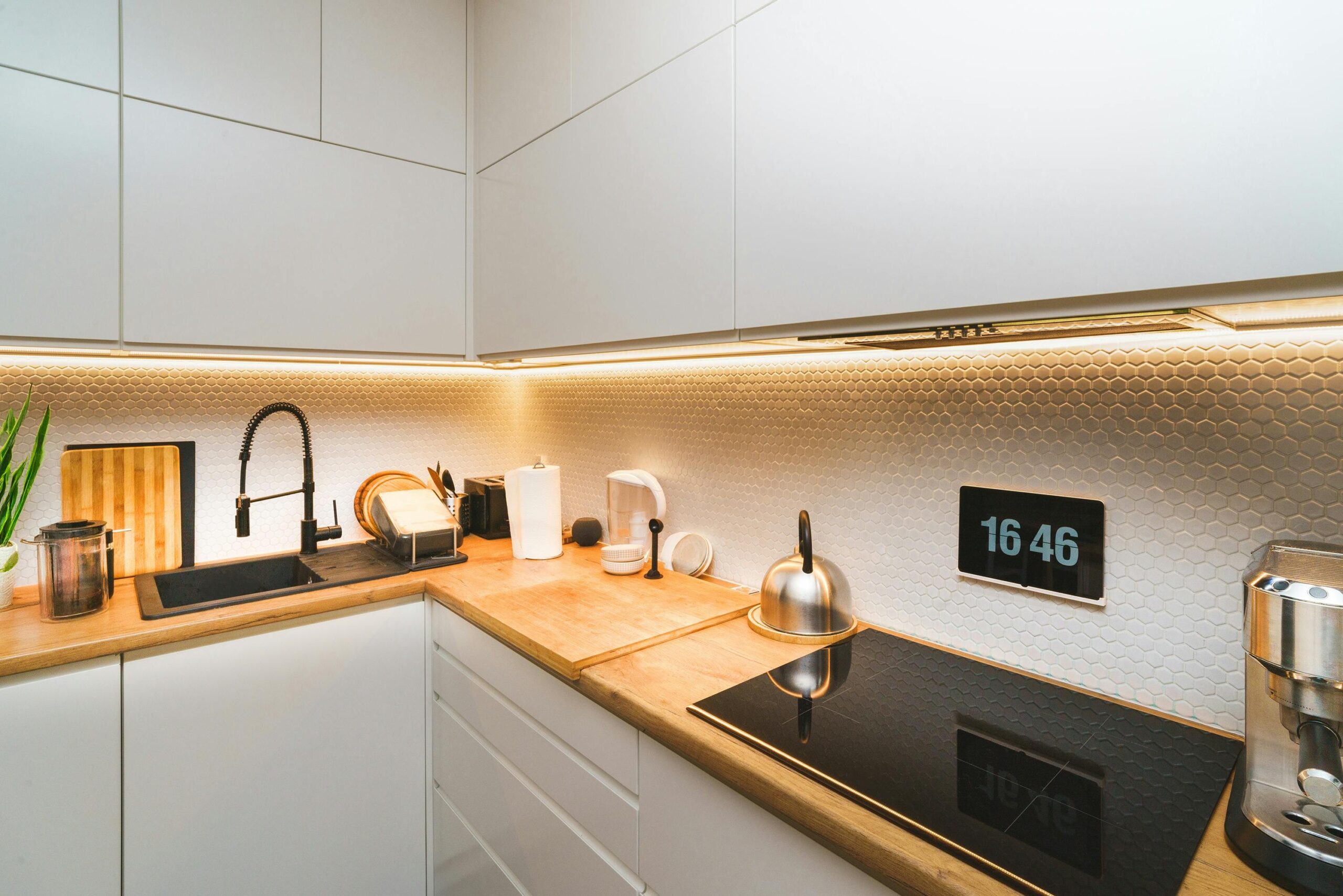Did you know the average household contributes about 7.5 tons of CO2 annually? Now imagine combining smart furniture with carbon footprint tracking—sounds wild, right? What if your couch could help save the planet while giving you Instagram-worthy aesthetics? Let’s explore how this futuristic fusion can make sustainability effortless.
In this post, we’ll unpack why carbon footprint tracking is crucial, dive into the surprising role of smart furniture, and give you actionable tips for integrating these cutting-edge technologies. You’ll also get a rant (yes, an actual rant!) about greenwashing in tech marketing, so buckle up!
Table of Contents:
Key Takeaways
- Smart furniture equipped with sensors can monitor energy consumption and suggest eco-friendly optimizations.
- Carbon footprint tracking no longer has to be manual—it can seamlessly integrate into daily life through IoT devices.
- Greenwashing remains rampant; always verify claims before purchasing “eco-smart” products.
What’s the Problem with Carbon Footprints?
Let me confess something embarrassing: I once bought a “solar-powered charger” that turned out to have zero solar panels. Yep, fell victim to clever packaging. This happens all the time when companies slap buzzwords like “green” and “sustainable” onto products without backing them up.
Tracking our individual carbon footprints manually feels impossible. Who wants to sit there calculating every lightbulb wattage or each car trip’s emissions? And let’s not even talk about the mental math required for furniture production impacts. Enter smart furniture—a revolutionary way to simplify the process.

Step-by-Step Guide to Integrating Smart Furniture with Carbon Footprint Tracking
Step 1: Choose Eco-Conscious Smart Furniture
Not all smart furniture is created equal. Start by selecting pieces designed with sustainability in mind, such as tables with built-in charging ports powered by renewable energy sources.
Step 2: Connect Devices to a Central Hub
Use a central hub like Google Home or Amazon Alexa to sync your smart furniture with other smart devices. Look for platforms compatible with carbon footprint tracking apps (like JouleBug).
Step 3: Enable Data Monitoring
Most smart furniture allows you to track usage data via corresponding apps. Set it up to send notifications on high-energy activities—”Hey, chill with blasting the heater!”
*Optimist You:* “This will work perfectly!”
*Grumpy You:* “Yeah, but only if your Wi-Fi doesn’t crap out mid-setup.”

Tips for Optimizing Your Smart Furniture Setup
- Avoid Energy Vampires: Ensure your smart furniture enters sleep mode when not in use.
- Leverage AI Suggestions: Many apps offer actionable advice based on tracked patterns.
- Do NOT Trust Everything: Yes, some manufacturers exaggerate their eco-credentials. Always check third-party certifications.
Rant moment: Seriously, how many times do we need to see “biodegradable” slapped on plastic packaging that’ll take centuries to break down? Enough already!
Case Study: How One Family Reduced Emissions by 40%
The Johnson family replaced their old coffee table with a smart version featuring integrated LED lighting and power-saving modes. Paired with a carbon footprint app, they reduced electricity waste by monitoring peak hours and adjusting habits accordingly.

FAQs About Carbon Footprint Tracking with Smart Furniture
Q: Is smart furniture expensive?
A: Initial costs may seem high, but long-term savings from reduced energy bills often outweigh them.
Q: Can I DIY retrofits?
A: Some kits allow retrofitting existing furniture with smart sensors—but proceed carefully to avoid voiding warranties.
Q: What should I look for in carbon footprint apps?
A: Prioritize transparency and compatibility over flashy graphics.
Wrapping Up
We covered why carbon footprint tracking matters, explored how smart furniture simplifies sustainability, and gave you practical steps to start today. Now, channel your inner grump—because yes, setting up might involve troubleshooting—but remember, saving the planet ain’t easy peasy.
Like a Tamagotchi, your eco-efforts require consistent care. So go ahead, invest in smart furniture, slash those emissions, and impress your friends at the next dinner party.
“Even small changes add up—just ask my smart desk lamp.” 🌱

